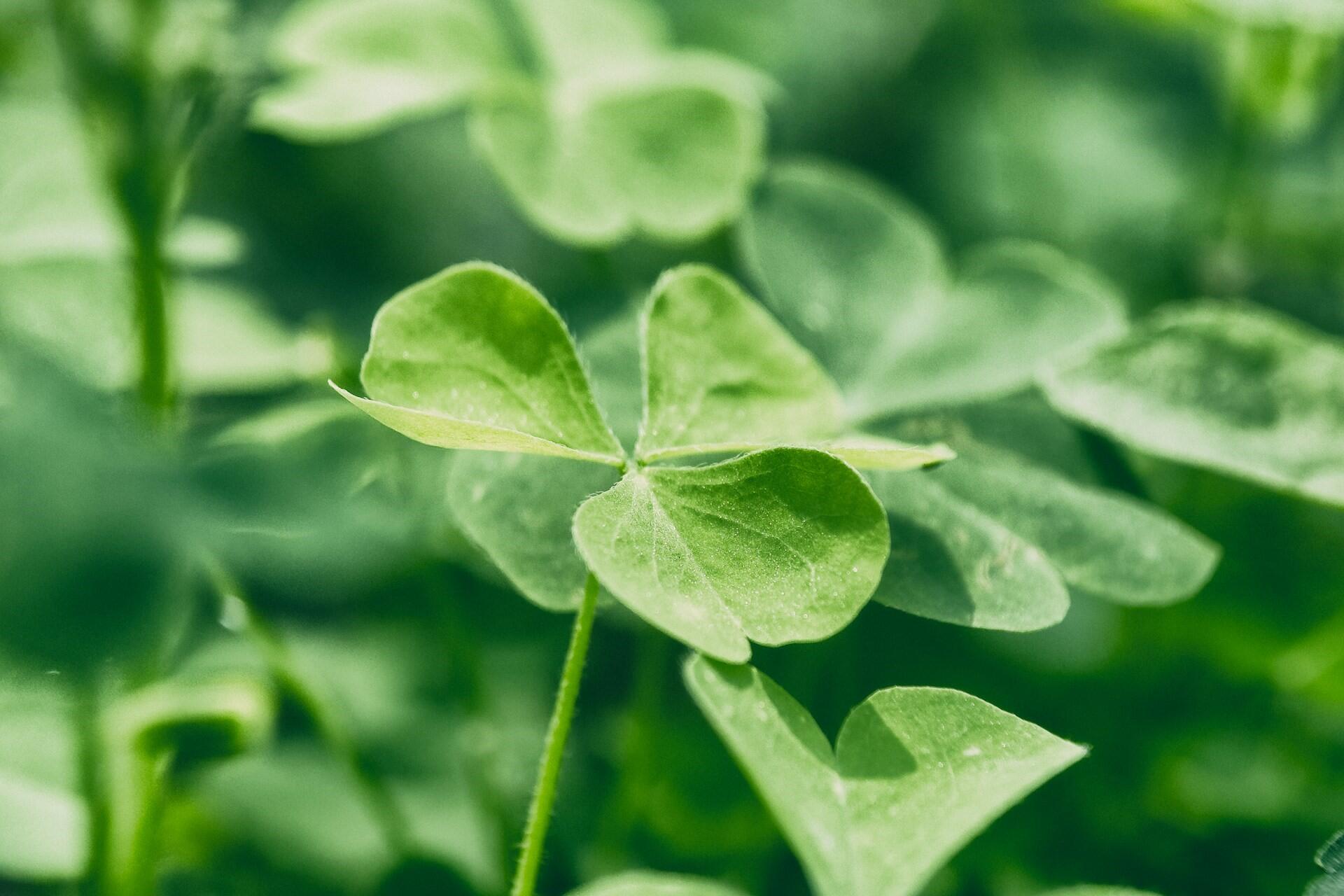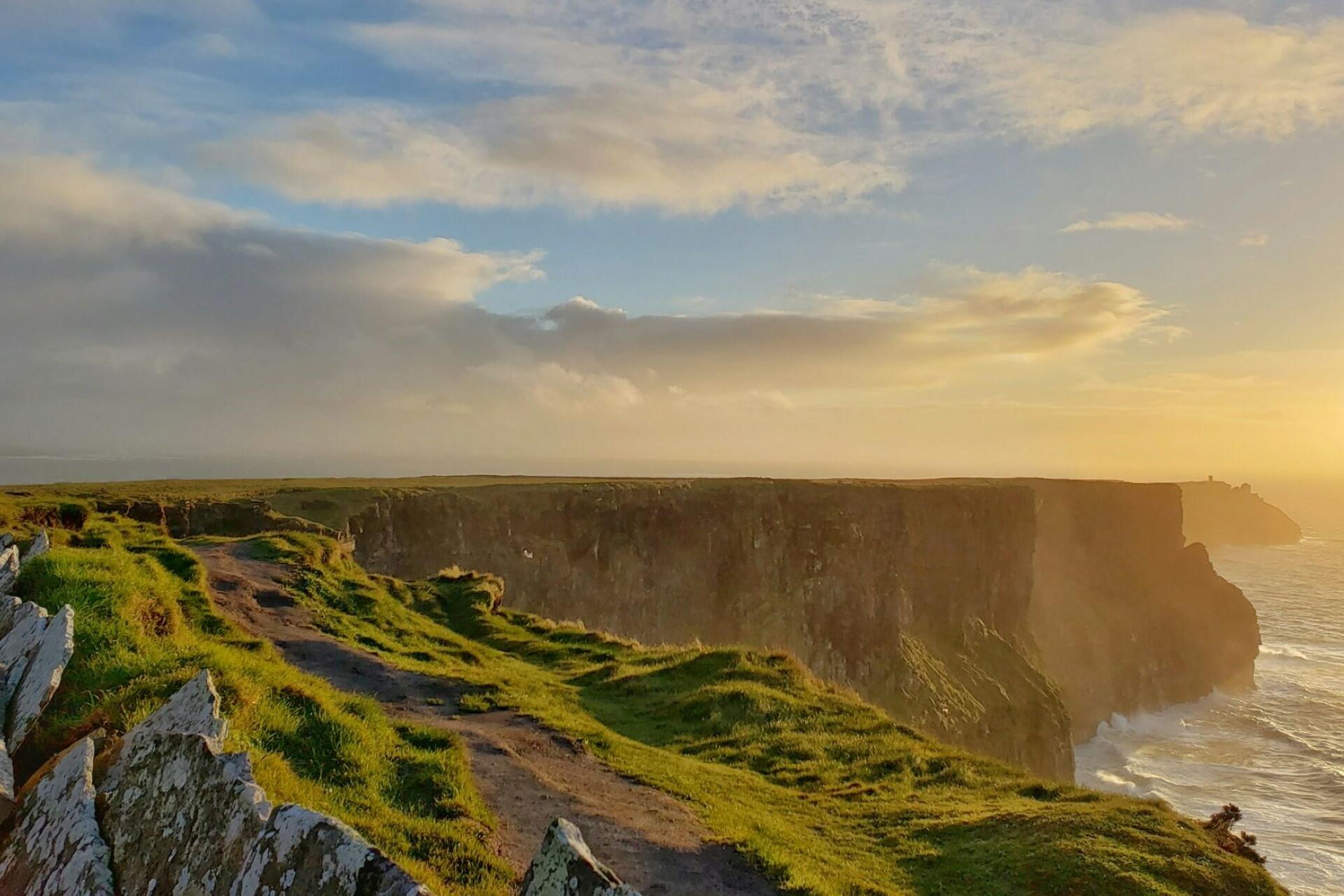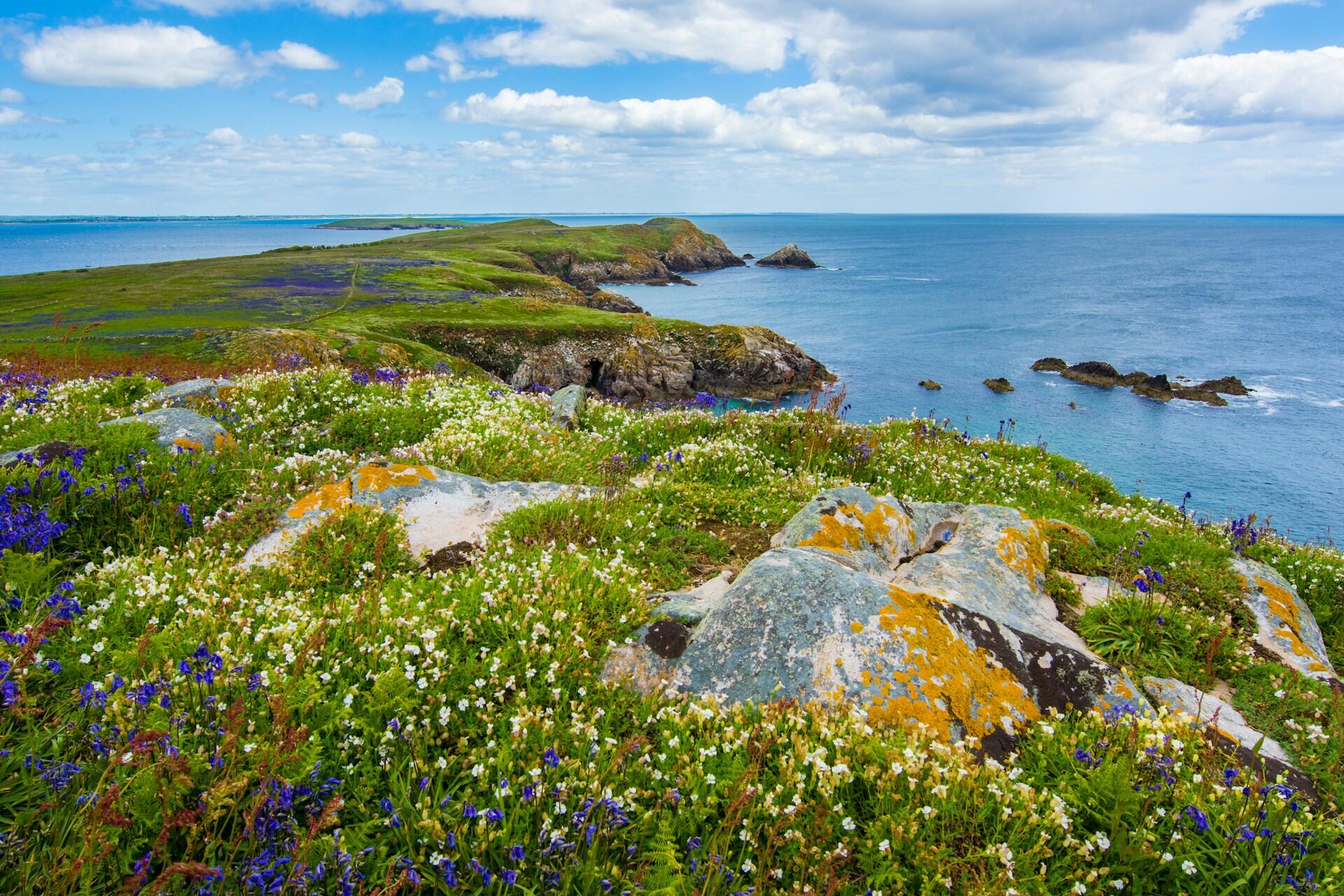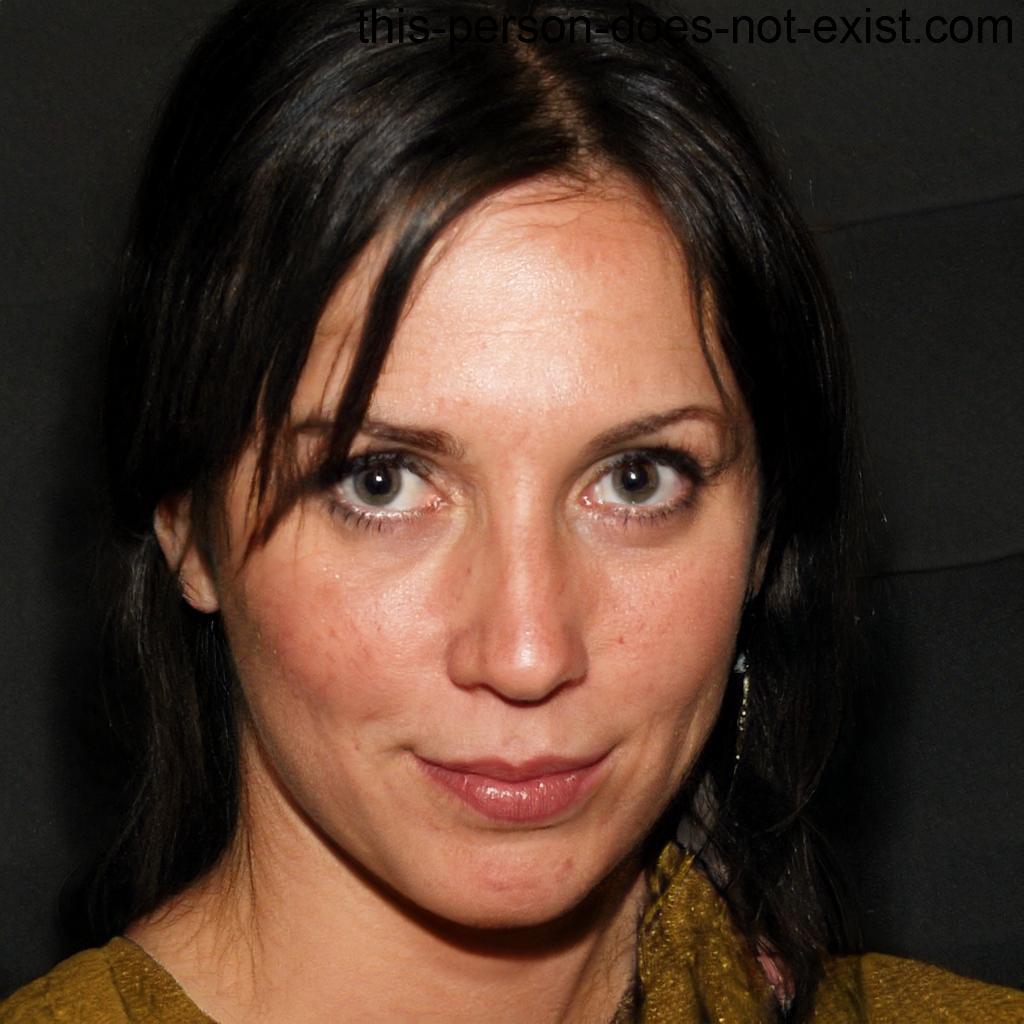The Celts were the original inhabitants of Ireland. They shaped the island's history profoundly through art, culture, identity, and language, defining what we consider Irish culture. Let's explore the rise of Celtic society in Ireland, common myths, and how their legacy continues into modern times.

Who Were the Celts? Tracing the Origins of an Ancient European People
The Celts were a collection of different tribal societies. They originated in central Europe during the late Bronze Age and the Iron Age, spanning approximately 1200-450 BCE.
Though we often speak of the Celts as a single group, they were actually a network of culturally connected peoples who shared similar languages, religions, and artistic traditions.
They were present across various regions, from what is now Spain and France to Britain, Ireland, the Balkans, and Anatolia.
Thanks to archaeological evidence and ancient Greek and Roman writings, we have a good idea about many aspects of Celtic culture and history, where they were often portrayed as fierce and proud warriors.
While many Celtic societies eventually fell under Roman rule, Ireland remained outside of it. This allowed Celtic culture in Ireland to develop in a unique way.
From Central Europe to Ireland: How the Celts Arrived on the Island
So, how did the Celts get to Ireland from Central Europe?
Firstly, the Celts did not arrive all at once. Instead, migration was gradual across centuries. It's believed that Celtic-speaking peoples moved from central Europe during the Iron Age. They were influenced by the Hallstatt culture (c. 800-500BCE) and later the Tène culture (c. 500-100BCE).

These movements first progressed through France and Britain, arriving in Ireland between 600 and 100 BCE. Whether this was a result of mass migration or cultural diffusion remains a matter of debate. Still, by the Iron Age, it's clear that Celtic traditions were firmly established in Ireland.
Once the Celts settled in Ireland, they dominated the Irish cultural landscape for over a thousand years until other actors saw Ireland partitioned.
The Hallstatt and La Tène Cultures: Foundations of Celtic Society
We mentioned earlier the Hallstatt and La Tène cultures. These were archaeological cultures, with the former centred around Austria and the latter around Switzerland.
Hallstatt culture flourished from around 800 to 500 BCE with advanced metalwork, particularly iron, and elaborate burial practices. Hallstatt culture had a hierarchical society with chieftains and warriors.
After the Hallstatt culture was the La Tène culture. This is where many stylized art featuring spirals, curves, and animal motifs would come from. Of course, these would heavily influence Irish Celtic art and design.

Neither of these cultures existed in isolation, and they were not the sole origins of Celtic culture in Ireland. There was a broad network of Celtic culture across the Iberian Peninsula to western Britain, and it's unknown if these cultures even called themselves Celts or saw themselves as part of the same cultural identity.
We consider them related mainly because of their shared cultural practices and the fact that Greek writers called them "Celts". These groups would ultimately evolve into distinct Celtic identities in Ireland, Scotland, and Wales.
Early Iron Age culture in central Europe, known for iron tools, salt mines, and rich burials.
Later Celtic culture famed for its artistic style: curves, spirals, and intricate metalwork.
Life in Early Celtic Ireland: Society, Tribes, and Daily Culture
Celtic Ireland was made up of tribes rather than kingdoms. Each tribe was ruled by a local chieftain or king.
These were hierarchical societies with nobles, warriors, druids, craftsmen, and farmers who played distinct roles. The society was held together by warrior codes, loyalty, and kinship.
The tribe, or tuath, was made up of several extended families who shared land and resources. Far ahead of other Western cultures, Celtic society allowed women to hold significant power, including leading tribes or becoming druids.
Brehon laws helped tribes maintain law and order. This sophisticated legal system is rooted in custom and tradition.
As for the daily life of your average celt, this was a predominantly agricultural affair. This meant cattle-keeping, seasonal festivals, and oral traditions. Cattle was still being reared during the potato famine, which may have you questioning why there was so much devastation from one crop failing.
Celtic tribes valued storytelling, music, and poetry, and bards were respected within the Celtic social order.
Urbanization was utterly unheard of, and Celtic tribes would likely live in crannóggs (lake dwellings) and ringforts, which could be either homes or places of protection.

Language and Legacy: Gaelic and Other Celtic Languages
Language and culture are inseparable, and the legacy of Gaelic and other Celtic languages can be felt in Ireland today.
The Celts spoke languages from the Celtic branch of the Indo-European family. This branch would ultimately divide into Continental Celtic (spoken in mainland Europe) and Insular Celtic (spoken in Britain and Ireland).
There are two subgroups of Insular Celtic: Goidelic (Gaelic) and Brythonic. Irish Gaelic evolved from the Goidelic branch and is the direct descendant of the language spoken by ancient Irish Celts.
This influenced Scottish Gaelic and Manx as well, which were both originally oral languages rich in poetry, myth, and law. They were later written down using Ogham, an early medieval Irish alphabet carved into stones.
Despite colonization and Anglicization, Irish Gaelic is still spoken today and is generally referred to as Irish. It's a core part of the Irish national identity, and the survival of Celtic languages in Ireland, Scotland, and Wales is thanks to ongoing efforts to ensure they're still spoken natively.
before the Normans arrived.
Celtic Art and Symbols: From Spiral Motifs to the Celtic Cross
Celtic art is a visible representation of the Celtic culture. It can still be seen in Ireland (and other Celtic regions) today. It primarily emerged from the La Tène culture we mentioned earlier.

The Celts' artistic tradition typically included curves, spirals, knotwork, and animal forms. These motifs are now used in modern life as symbols of Irish and a broader Celtic identity.
While the Greeks and Romans preferred more realistic art, Celtic art is far more abstract and symbolic, connecting to spiritual beliefs or cosmology.
You can see these kinds of designs on everything from weapons and jewellery to sacred objects, and even after the introduction of Christianity by St. Patrick (and others), the artistic stylings of the Celts remained. Look at the Celtic cross, which fuses Christian and earlier pagan symbolism.
Religion, Myth, and the Celtic Worldview
Early Celtic worldviews were deeply rooted in nature, cycles, and a pantheon of powerful deities.
They had a polytheistic religion that included many gods and goddesses, mostly associated with aspects of the natural world, such as rivers, forests, animals, the sun, and the moon.
Druids had a central role in Celtic society, acting as priests, judges, teachers, and keepers of sacred knowledge.
With no primary written records from the druids, we have to rely on Roman and early Christian sources, which discussed druids as deeply influential figures tasked with presiding over rituals, sacrifices, and festivals.
Celtic Influence on Irish and British History
The Celtic influence can still be seen today in almost every country they were a part of, and none more so than in the history of Ireland.
The Celts' language, social structure, and mythology have long outlived their presence in Ireland.
Celtic culture blended with Pictish traditions in Scotland and evolved into Scottish Gaelic identities.
The Brythonic Celtic languages in Wales and parts of northern Britain survived beyond Roman rule and the later Anglo-Saxon dominance.
The Roman conquest of Britain pushed Celtic tribes westward, and those that remained would eventually be Romanized. However, across Britain and, more particularly, Ireland, Celtic influence can be seen in everything from place names to legal traditions.
From Ancient Tribes to Modern Identity: Celtic Revival in Ireland and Scotland
The political power of the Celts disappeared long ago, but there was a powerful cultural revival in Ireland and Scotland during the 19th and early 20th centuries, particularly as part of the Irish fight for independence.

This movement sought to reclaim and celebrate the unique language, folklore, art, and traditions of Ireland and Scotland's Celtic Pasts.
The Gaelic League promoted the Irish language and traditional customs, and writers and poets like W. B. Yeats and Lady Gregory drew heavily on Celtic mythology.
Today, efforts remain to preserve Celtic languages, support traditional music, and keep the spirit of Celtic culture alive.
Misconceptions About the Celts: Untangling Myth from Reality
The Celts are often misunderstood, often as we try to romanticise them.
For one, we often (and have done here) talk about the Celts as a single unified people. The Celts were a loose collection of tribes spread across Europe, and we only talk about them as one people because there's nothing we love more as humans than oversimplifying things.
Seeing the Celts in the singular can be helpful as an introduction, but we should definitely be aware of how limiting it can be to think of them in this way.
There's also the idea of human sacrifice within Celtic cultures. While human sacrifice was indeed a practice that existed, we should remember that the records of this practice were primarily written by Greek and Roman writers, whose own bias would likely be against the Celts and look to portray them as less cultured and civil than themselves.















